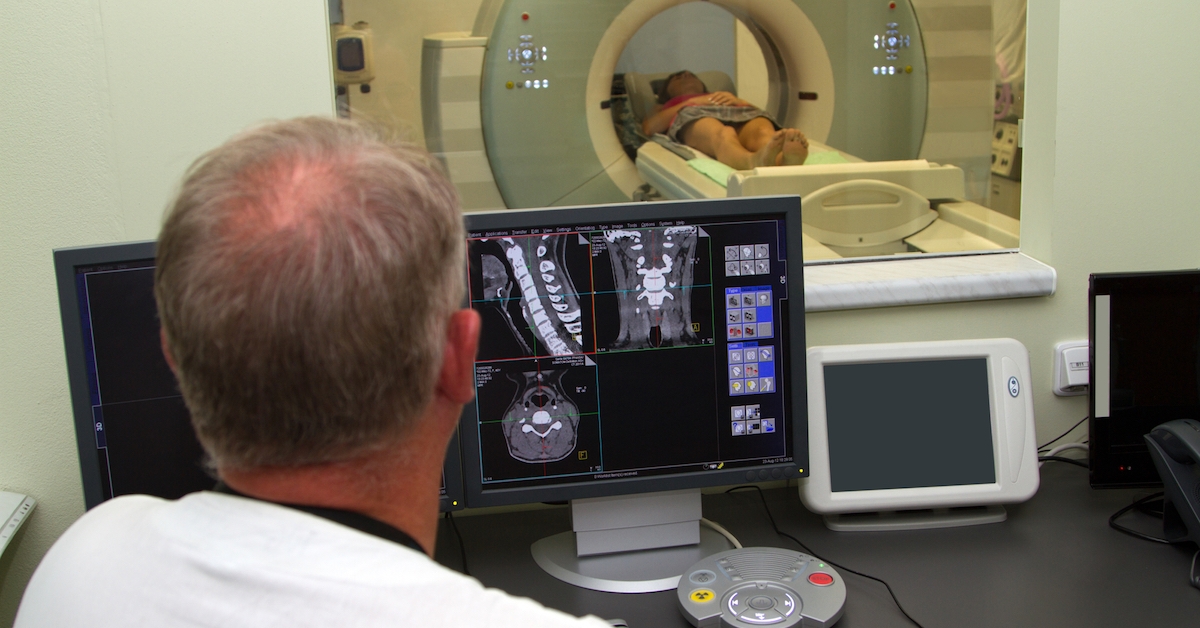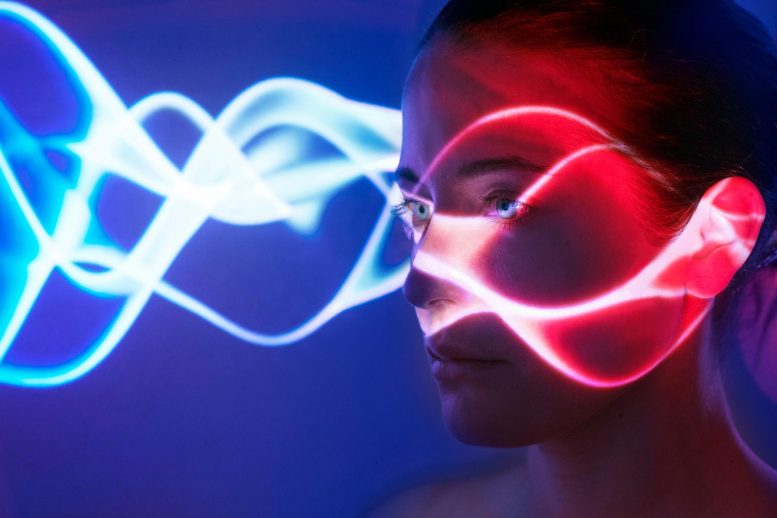

The crystals looked just like the tiny magnets in magnetotactic bacteria that help them navigate along geomagnetic field lines in lakes and saltwater environments. Scientists discovered the first hints of magnets in human brains in 1992: A paper reported that tiny crystal grains, some barely wider than a DNA strand, were found in human brain tissue from seven patients in California. Get the most fascinating science news stories of the week in your inbox every Friday. “We thought from an evolutionary standpoint, that was important,” Gilder said. Stuart Gilder, the lead author of the study and a scientist at Munich University, said that their results show that magnetic particles exist in the “more ancient” part of the brain. The results could shine a light on why humans have magnetite in their brains to begin with, which remains an open question.

But the distribution of magnetite in human brains has been unclear because no systematic study had mapped the mineral in human tissue before. Scientists have known that other types of life, such as special kinds of bacteria, contain magnetite. Researchers used seven specimens donated in Germany to measure brain tissue for signs of magnetite, Earth’s most magnetic mineral. Scientists have mapped magnetic materials in human brains for the first time, revealing that our brains may selectively contain more magnetic material in their lower and more ancient regions.


 0 kommentar(er)
0 kommentar(er)
